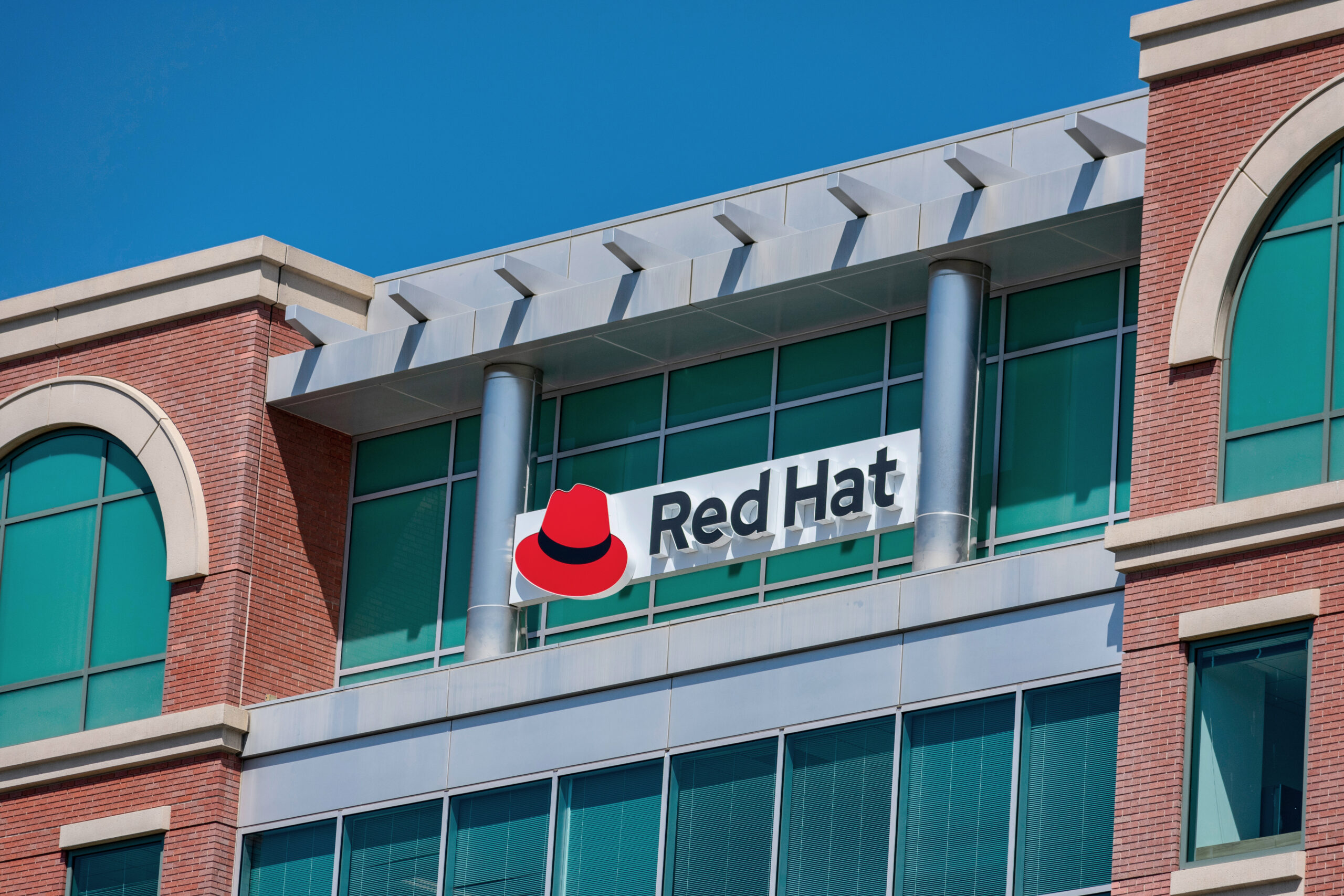Red Hat has just released Red Hat OpenShift 4.16, the latest version of its popular hybrid cloud platform powered by Kubernetes. The update is packed with especially important features as the tech world increasingly focuses on AI and security.
One of the big highlights of OpenShift 4.16 is how it makes managing and deploying applications more consistent across different environments. This means businesses can now more easily connect and handle their applications, whether they’re traditional or cutting-edge AI-powered, reducing headaches and making IT operations smoother.
The new version also lays a solid foundation for future techs like AI and edge computing. Companies can now develop and deploy these advanced technologies alongside their current systems, helping them stay competitive in a fast-changing tech landscape with smaller budgets to work with.
Security is a big deal with this update as well. The new Red Hat Advanced Cluster Security Cloud Service is now available, offering robust protection for applications. It works with Red Hat OpenShift as well as other major Kubernetes platforms like Amazon EKS, Google GKE and Microsoft AKS, making it easier to secure workloads across different cloud environments without added complexity.
Some key features in OpenShift 4.16 include improved virtualization with Metro Disaster Recovery for regional VM backups, Hot-Add CPU for adding VM resources on the fly and Multi-Cluster Virtualization Monitoring for better VM oversight. For edge deployments, there are image-based updates for quicker, less disruptive updates at edge sites and an OpenShift-based Appliance Builder for easier setup of OpenShift at remote locations.
Mike Barrett, Red Hat’s VP and GM of hybrid cloud platforms, said: “Being able to more quickly modernize both infrastructure and applications is crucial to better support customer needs – but this can’t be done overnight.”
“As organizations make technology decisions in support of their AI strategies, both for today and tomorrow, they need platforms that set them up for future success while also balancing the demands of their legacy applications and environments. With Red Hat OpenShift 4.16, organizations can focus on both incremental improvements and modernization.”
“Red Hat OpenShift helps customers prepare their infrastructure for the demands of AI while managing and maintaining traditional, mission-critical applications and infrastructure like virtualized environments, all from a single platform.”






